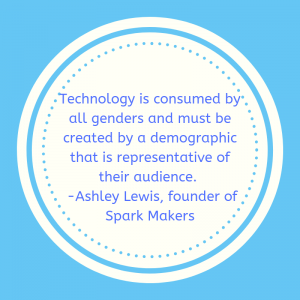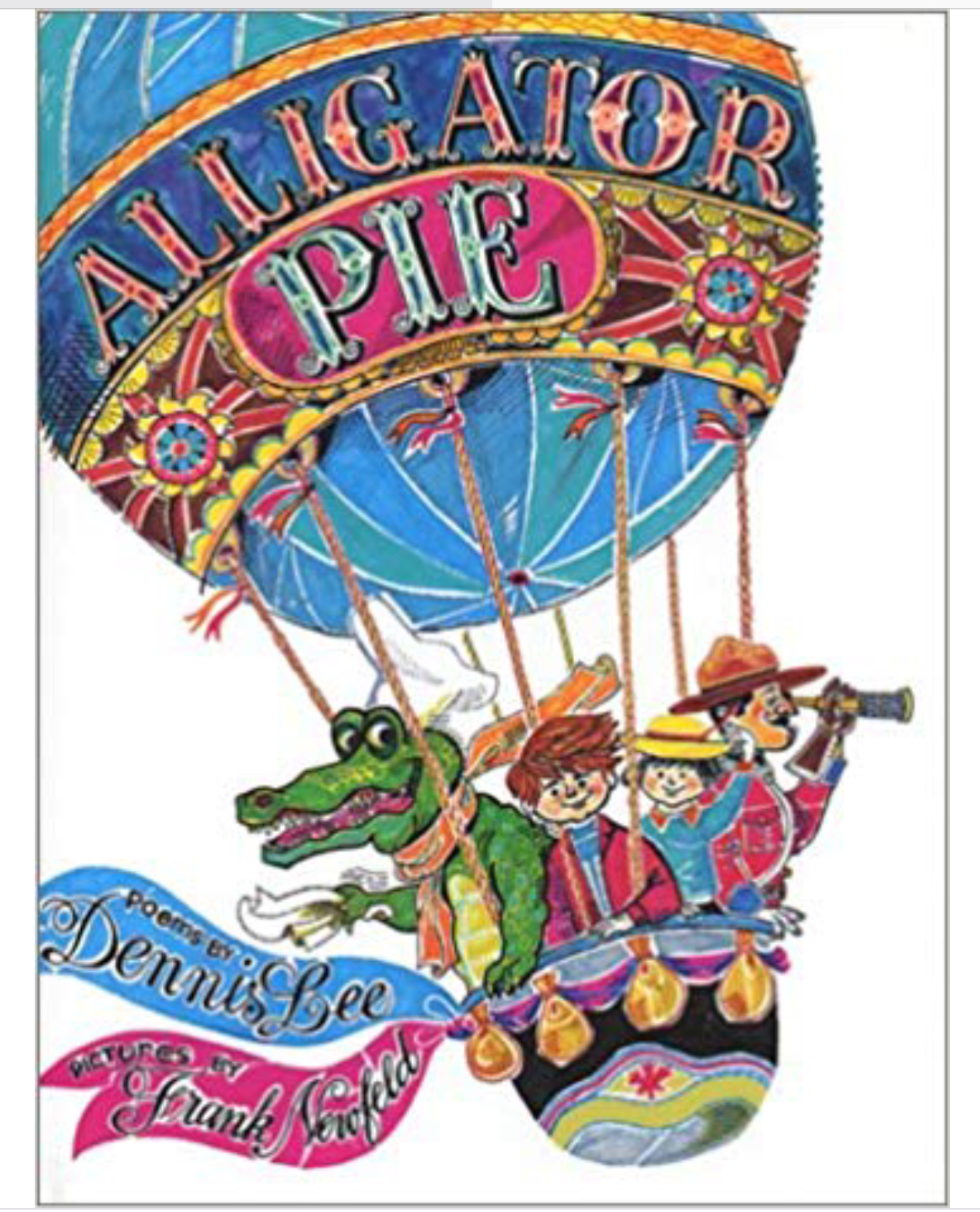I can almost hear it now, the sound of the last pumpkin spiced anything be sold and the leftovers being shipped back to the warehouses for next year. I am positive that the chemicals that make up these products have a half life and will ensure it’s best before date does not expire for another decade or more.
Who buys this stuff? To my knowledge, I do not think anyone in my circle of friends has ever been excited about pumpin spiced goodies and drinks. Cue the relief. Not that there is anything wrong with it. We all go through a curious phase or two in our lives, but once the trance wears off it’s usually back to the status quo.
Have you ever been persuaded to try something that you instantly regretted afterwards? At first, you think you like it because how could all that hype be wrong? Once that fades and the taste kicks in you’re left to be alone with your decision(s). I mean where would we all be without the gift of knowledge regret provides us?
I’ll give you an example: Hammer pants One of many the blessings of being a certain age is that any evidence of my bad decision making has not been digitally preserved. Case in point with this late 80s fashion craze. I am sure that it seemed like a good idea at the time.
Speaking of good ideas at the time
Starting out as an educator, all of those years ago, I came with my own set of bags packed full of the way that I was going to lead my class. Inside that luggage were many positive, and unfortunately, negative experiences and I was determined to repeat what worked and bury what didn’t. What could possibly go wrong?
What I quickly realized in those first years was there were already several well traveled paths to follow along that started to be seen as ruts rather than pathways to success. I found myself trying to shape my students around the resources in the building rather than the other way around. Things went well, teach, practice, test, and repeat, but it came with a cost. Those lessons never felt like they were relevant to my students. They lacked depth and scope for a number of reasons, some of which are on me as a new teacher, and others because they fell within the “We’ve always done it this way” space.
When my second year rolled around it was easy to follow along the well worn path once more, but instead of proceeding safely along with so many others, I made a decision to wander off to see what else was out there. Don’t get me wrong, I could still see the trail to provide some cardinal directions, but my detours began to provide us all much richer and diverse perspectives. It only took a year to realize that there were many paths to create and pursue that could edify both students and their teachers.
I began to seek out others who wandered off in their spaces and ended up connecting with an insightful and supportive global professional learning network or PLN. All these years later, I am thankful for the connections and kindness that helped me navigate off of what was the norm and around some other ruts that needed avoiding.
Where do I find these amazing folx?
For me, it started out at school board level events and edtech training sessions. It didn’t take long before I joined Twitter when it became a truly global cohort. Yes, Twitter can still be used for good and not evil despite its new owner and legions of misinformed malicious account holders exercising their free speech without facts or accountability. End rant.
I joined weekly discussions via #edchat and then #etmooc and then #CnEdChat to start and started following some of the more experienced and supportive educators on the platform. As time went on, I started a blog called What and Why are Everything to hash out some of my thoughts. Our weekly Q and A discussions on Twitter became sources of great perspective and growth which continue to inhabit my practice to this day. It was almost like I was given permission to be the teacher I wanted to be rather than another educator flattening the well worn path.
What started happening was the democratization of my classroom through student directed learning, Genius Hours, and the use of videos to enhance the scope of my instruction. What better way could there be to bring an expert into the class room with the click of a button rather than read through a text book that had been written years beforehand.
This shift in thinking helped me realize the static and fluid natures of knowledge that we have to balance each day for our students and ourselves. It also moved me past some of my negative experiences as a student. I appreciate how some of the things I went through empowered me not to repeat them just like I would never buy a pair of Hammer pants or pumpkin spiced anything again.


